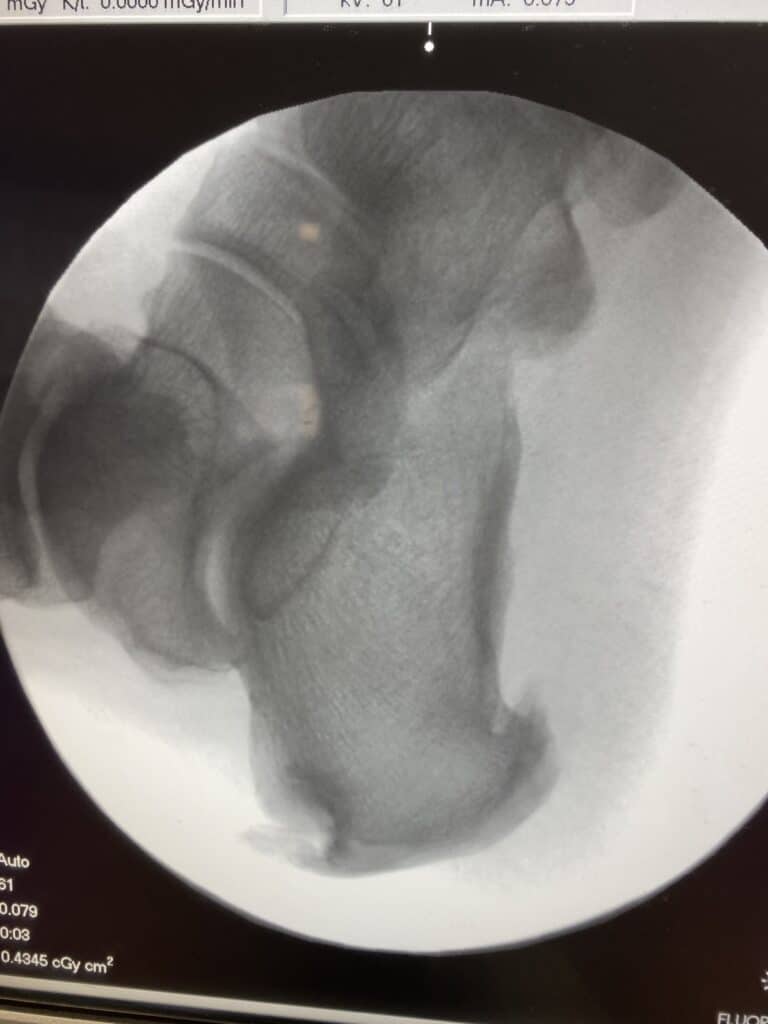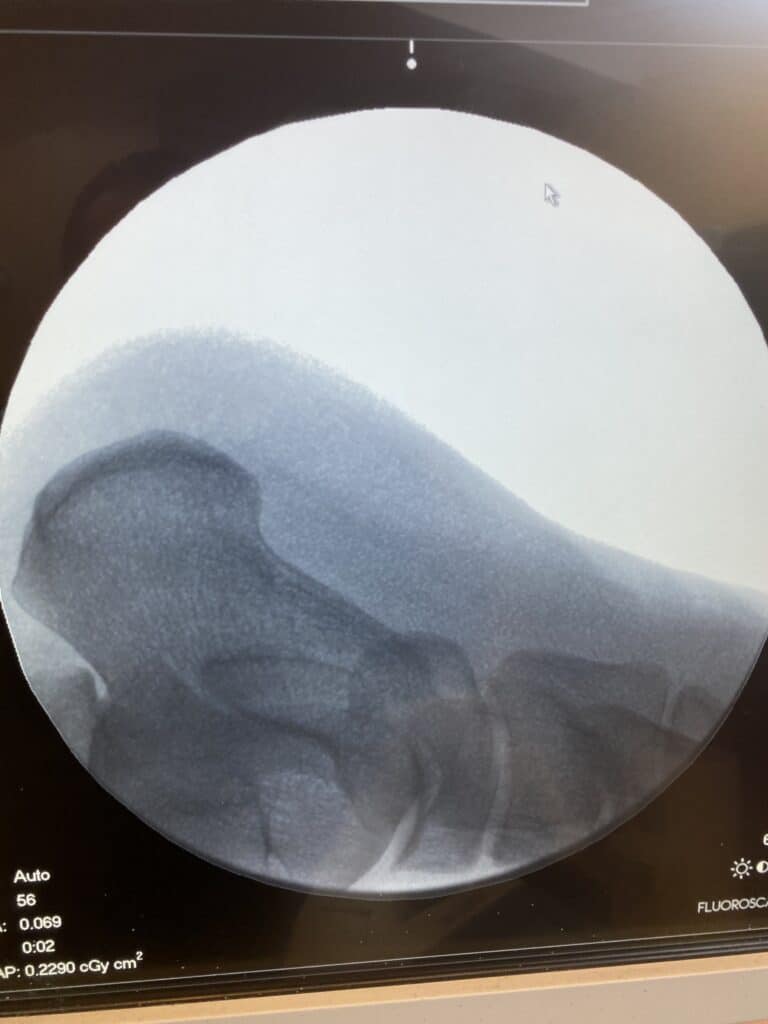Dealing with heel spur syndrome in Brooklyn can leave many people with heel pain and inflammation that is oftentimes debilitating. Heel spurs can make it difficult to walk and move around as you need to. If you suffer from pain in the back of the heel and further heel spur syndrome symptoms, you may want to look into possible treatments to help reduce the symptoms. This article answers the question of what you can expect during and after heel spur surgery as a possible treatment to help with heel spur syndrome. Best Foot Doctor NY has provided hundreds of patients with heel spur surgery to greatly decrease and even get rid of the effects of heel spur syndrome.
Brooklyn’s Best Podiatrist Explains: Heel Spur Syndrome Causes and Symptoms
Heel spur syndrome develops when calcium deposits build up under the heel bone. This can take months to develop and can affect people of all ages and lifestyles. However, there are also some risk factors that can contribute to the increased chance of formulation of heel spurs, such as:
- Excess weight
- Ill-fitting shoes
- Walking gait abnormalities
- Having flat feet or high arches
- Too much strain on the plantar fascia, which is the fibrous tissue that connects the toes to the heel bone
While these are just a few of the risk factors associated with heel spurs, it is important to be vigilant about any possible strain that may come over your feet, including frequent short bursts of physical activity. Wearing the right shoes and even the use of shoe inserts can possibly prevent heel spurs.
Symptoms of heel spurs can vary. Oftentimes, heel spurs may bring no heel pain. However, people who report feeling the pain of a heel spur describe the pain in the back of the heel as a sharp pain, such as that of a knife or pin, that begins first thing in the morning. There may also be a dull ache in the heel throughout the day, or inflammation and/or swelling at the front of the heel. Patients suffering from heel spur syndrome have also reported feeling heat or tenderness in the affected heel.
When Is Heel Spur Surgery Needed?
Heel spur surgery is often needed to reduce or remove a large heel spur. Surgical intervention may also be necessary when other heel spur treatment options have not obtained the desired results. Before heel spur surgery is an option, many patients will be given treatment in the form of additional rest, heel cups, physical therapy modalities, steroidal or nonsteroidal injections, and anti-inflammation medications. If a debilitating heel spur is still present after other forms of treatment are exhausted, surgery may be the only option.

During A Heel Spur Surgery | What The Best Podiatrist in Brooklyn NYC Does
Any preoperative considerations will be assessed by your doctor and take into consideration age, physical limitations, general health status, and other factors. A heel spur surgery can be performed in-office, an outpatient surgical center, or as a one-day hospital surgery. There are two heel spur surgery options available:
Release of Plantar Fascia
Heel spurs can sometimes develop with plantar fasciitis, which is inflammation of the plantar fascia. By performing the operation of a plantar fascia release, the doctor cuts a part of the plantar fascia ligament to ease any tension and/or inflammation in the tissue. This form of surgery is done as an outpatient procedure through open surgery or it can also be done as an endoscopic surgery.
Removal of Heel Spur
A procedure to remove the heel spur may be done within the plantar fascia release if needed. This is a rare operation, however, that is mostly reserved for heel spurs that are very painful or so large they can be felt underneath the skin. This removal can also be done through an open surgery or endoscopic surgery. The incision for a heel spur procedure is about ¼ of an inch long and is done so on the bottom of the foot, not visible and minimally invasive.
After Heel Spur Surgery | NYC Podiatrist Recommendations
After heel spur surgery, you will receive special instructions for aftercare. This can include how to properly maintain care of your dresses. Dresses after heel spur surgery can include bandages, a foot cast, an ankle splint, or walking boot, depending on whether this was an open surgery or endoscopic procedure. The area operated on will be swollen and sometimes painful. The doctor will also advise you on the level of activity and weight-bearing that is acceptable for the near future while you heal. You will most likely have to remain off your feet for the next few days.

Recovery Time
Recovery time for heel spur surgery is not long, usually ranging from 7 to 10 days. Patients are able to walk on the same day of the procedure without pain. It is important to follow up with the doctor and ensure you are not putting too much strain on your foot. Rest and elevation can play a major role when it comes to a speedy and thorough recovery after heel spur surgery. Over-the-counter pain medication may be recommended by the doctor, as well as cold compresses to the affected area.
Future Outlook
Heel spur surgery should help greatly reduce or eliminate symptoms of heel spurs, such as pain in the back of the heel and inflammation. An orthotic could be recommended to prevent further recurrence of systems. Orthotics are shoe inserts meant to support the feet, offering arch lifts, heel support, and more.
Heel Spur Syndrome Treatment Near You | NYC
If you are suffering from heel spur syndrome in Queens or surrounding areas, you may find your quality of life greatly affected. After going through multiple treatments, you may find heel pain and other symptoms of heel spurs are best treated with heel spur surgery. Best Foot Doctor NY offers heel spur syndrome treatment in Brooklyn and other areas with 4 convenient locations. Schedule your appointment with our medical professionals today to learn about which heel spur treatment is the right choice for you.
